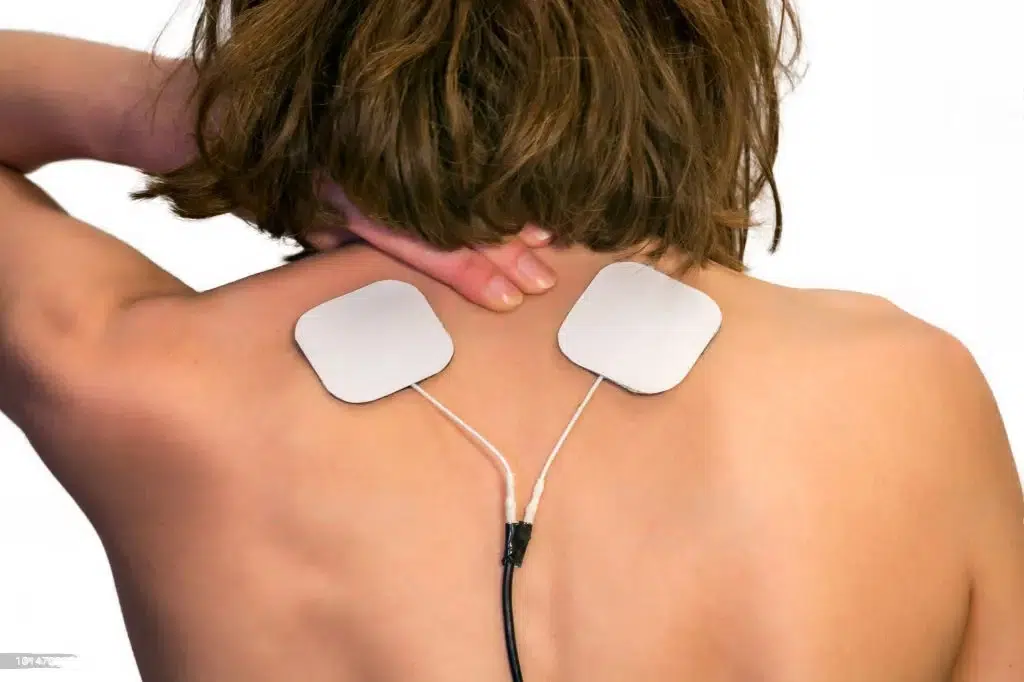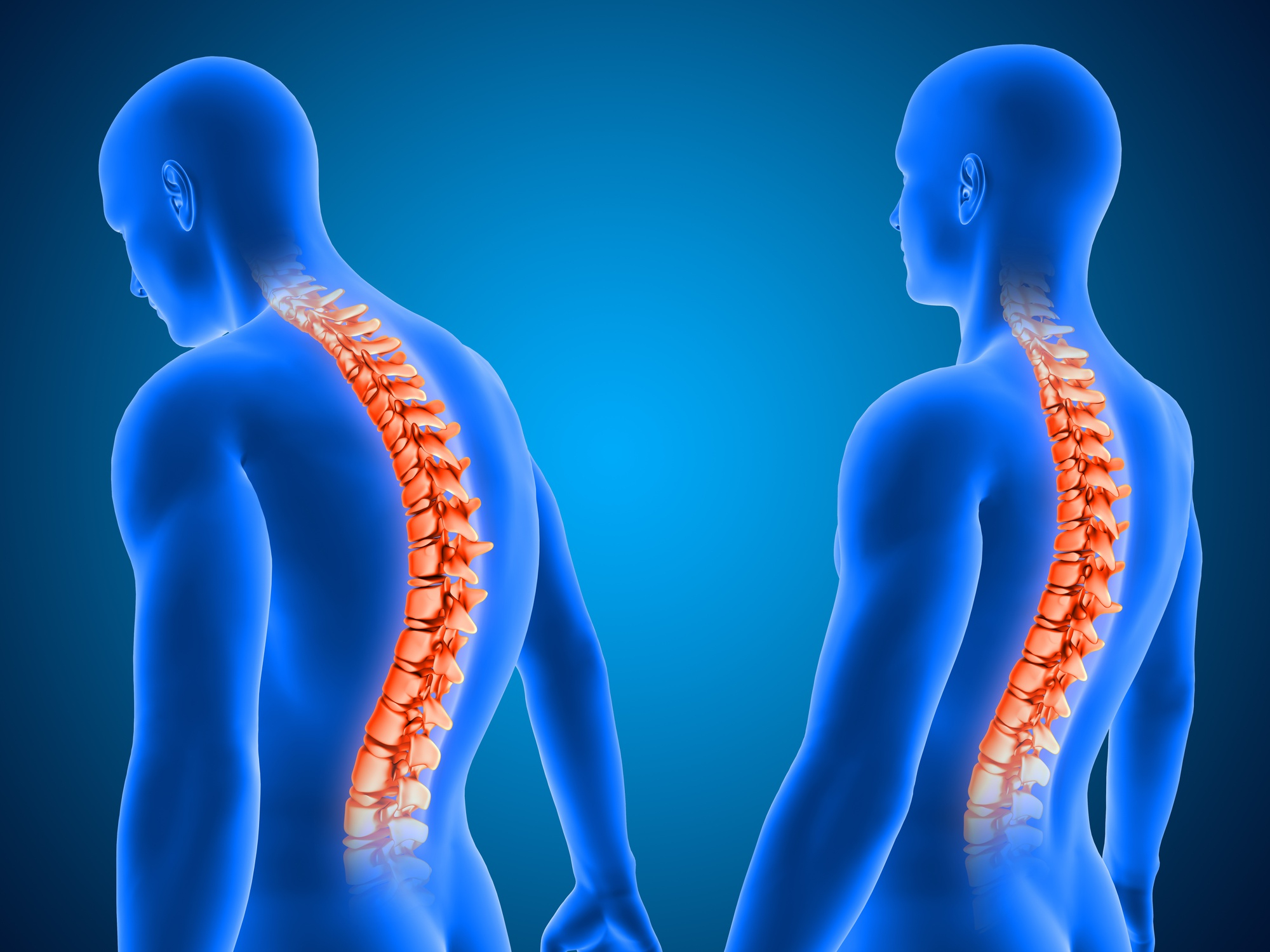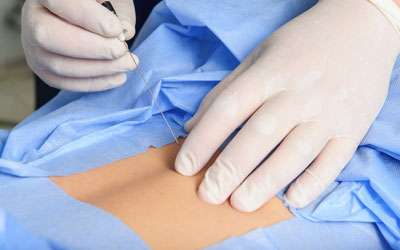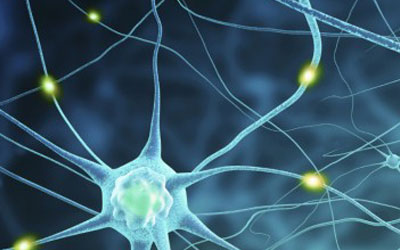Spinal Cord Stimulation (SCS)
In PainMed clinic Spinal Cord therapy, they are leading spinal specialists and spinal cord stimulation for spinal surgeons, and back pain surgeons in Sydney
What is Spinal Cord Stimulation (SCS)?
Spinal cord stimulation also called neurostimulation accounts for over 90% of the neuromodulation therapies. A small device called a pulse generator is implanted underneath the skin, it delivers small amounts of electricity to specific parts of the spinal cord via an epidural lead containing electrodes. The system is controlled by a handheld device. The electricity changes the way pain messages are sent and processed by the brain. The implanted pulse generator is similar to a pacemaker used for heart disorders, we sometime refer it to a pacemaker for pain.
What conditions respond to Spinal Cord Stimulation?
Spinal cord stimulation is indicated for a umber of conditions, some of the well know conditions which respond to SCS is as follow;
- Failed Back Surgery Syndrome
- Chronic Back and Neck Pain
- Complex Regional Pain Syndrome
- Peripheral Neuropathy
- Refractory Angina
Which patients may not be suitable for SCS implant?
Some of the issues to be considered prior to a SCS trial are;
Technically Difficult: Extensive metalwork in place and, or any other structural problem as a result of previous surgery and scarring may limit the access to the epidural space where the leads need to be place.
Blood thinners: In situation where blood thinners cannot be stopped for the procedure
Medical; conditions:Poorly controlled diabetes poses an added infect risk, similarly all medical conditions need to be optinised to allow for a safe procedure.
Cognition:Poor understanding and unable to operate the device or in patients with cognitive impairment e.g. dementia
Mental Health: Similar to medical conditions, psychological disorders require to be adequately addressed especially substance use disorders ,psychosis. Excessive use of opioid medications and non-compliance, probems with use of alcohol, prescription drugs or recreational drugs
Are there different types of spinal cord stimulators?
These are few types of Spinal neuromodulation.
- Conventional – Low Frequency
- High Frequency
- Burst Stimulation
The field of spinal neuromodulation is rapidly expanding, talk to your doctor to explain the current modalities of stimulation available for your pain.
What involved?
The Trial: Stage 1
Spinal cord stimulation offers a unique opportunity for patients, to trial the therapy before proceeding to a implant.
Insertion of the epidural lead takes place in an operating theatre under x-ray guidance; you will then go home to try the system for up to 7-10 days with an external battery attached to the lead. During the trial period the neuromodulation clinical team (you will have designated person) will keep record of your progress with daily pain scores and functional reporting. You will be asked to attend the clinic at the end of the trial period to remove the leads.
Full Implant – Stage 2
This procedure is performed approximately 4-6 week after a successful stage one trial. The procedure is like stage one except for the epidural leads being connected to a small implantable device placed under your skin. The implantable device may be a rechargeable or a non-reachable battery. Discuss this with your pain specialist as there are pros and cons to each system. Post implant you may stay overnight or go home the same day depending on how you feel.
Post Implant – After Care
The first few weeks after your implant, the epidural leads may migrate. To minimise lead migration it is very important that you maintain the precautions we advise around bending, lifting, twisting and stretching. Patients are asked to avoid driving for 12 weeks post implant and you may need some additional support from friends/ family at home during this time.
will be asked to attend clinic for regular follow up appointments for the first year. It may take several months before you are able to fully assess the benefits of stimulation. You may need to have sessions of programming the stimulator to achieve optimum pain coverage during this first year.
What is the risk involved, are there long-term complications?
SCS therapy is a well-tolerated and safe alternate to surgery and long term opioid medications. As with any surgical procedure there are risk involved as listed below;
Immediate risks:
- Lead movement (migration)
- Infection If this occurs, we may need to remove part, or all, of the system
- Bleeding – if you are on anticoagulant medication this may slightly higher risk
- Nerve damage – around 1:1000 people.
Long-term considerations are:
- End of battery life. All batteries have an expected lifespan, usually replaced once every 7-10yrs
- Mechanical failure – battery faults, lead fracture, lead disconnection, lead failure due to electrical contacts scarring over
- Pain at the site of the implanted battery or leads
Other precautions:
- If you need surgery in the future, tell your surgeon and anaesthetist that you have an implanted device. This is important as it will affect the diathermy that can be used during surgery. Bipolar diathermy should be used.
- You should not have an MRI scan unless you have a compatible SCS system implanted. You may have a CT scan or X-ray.
- If you have a conventional SCS system, you should not drive with your stimulator switched on; surges in stimulation can interfere with your driving.
- Security scanners in shops or airports may affect or be affected by your stimulation and/or your implanted battery. Strong magnets may also do this (e.g. at tills in shops which deactivate the security tags on goods).
Spinal Cord Stimulator-SCS, an innovative way of managing Chronic Pain)
A Spinal Cord Stimulator (SCS) also referred to as neuromodulation, is a specialised medical device for pain management. Surgically implanted under the skin, it delivers controlled electrical impulses to the spinal cord, aiming at to modulate or interrupt pain signals before they reach the brain. SCS is notably effective in chronic pain and refractory pain cases, particularly when conventional treatment hasn’t been effective in pain reduction.
Benefits of SCS
- Utilising an SCS offers distinct advantages:
- Pain Relief: Alleviates chronic pain and neuropathic pain by modifying pain signals.
- Reduction Medication Use: Lessens reliance on medications such as opioids, minimising side effects and addiction risks.
- Improved Quality of Life: Enhances physical function, mobility, and daily activities.
- Less invasive that surgical procedures
- Personalised programmed to suit the patient condition/pain levels
Suitable Patients for SCS:
- Chronic pain, unresponsive to conservative therapies
- Failed intervention: Limited relief from prior treatment.
Conditions Treated by SCS
Effective for various chronic pain conditions, including:
- Failed Back syndrome
- Complex regional pain syndrome
- Neuropathy
- Spinal pain
- Leg pain
- Bowel and bladder dysfunction
Understanding SCS Trial and Permanent Implant
Understanding SCS Trial and Permanent Implant: Before permanent implantation, a trial phase places temporary electrodes to assess pain reduction. A successful trial may lead to a permanent implant, offering tailored pain relief.
How It Works: SCS involves thin wires with electrodes near the spinal cord, connected to a pulse generator. Controlled electrical pulses intercept pain signals, diminishing pain perception.
In Conclusion: SCS holds promise for chronic pain management. Consult your Pain Specialist to explore its suitability for your needs. Collaborate closely, provide trial feedback, and embark on a journey to enhance your chronic pain management with SCS.




